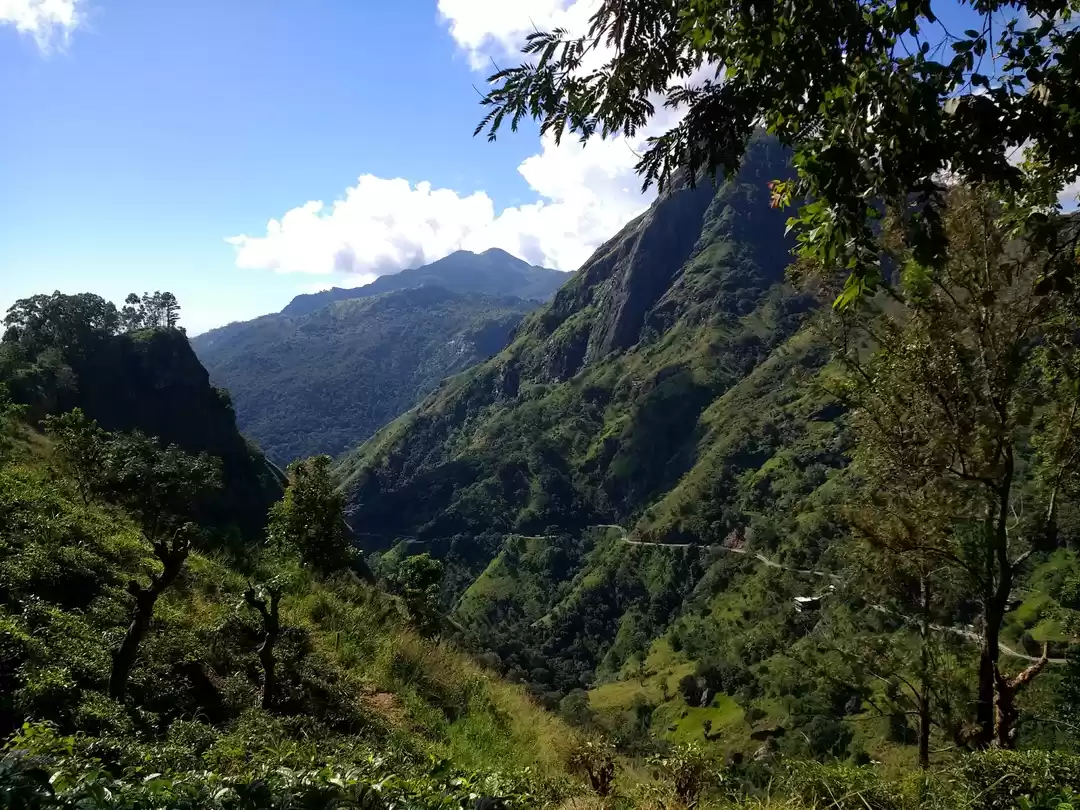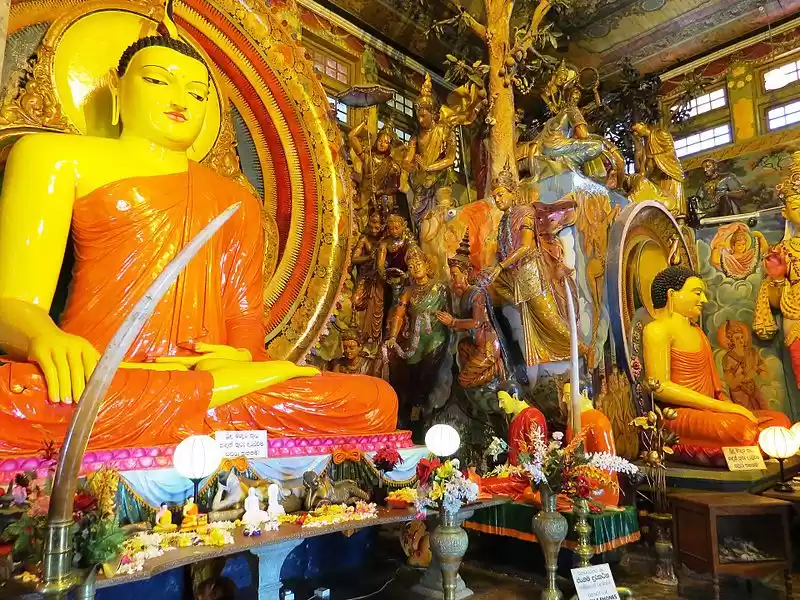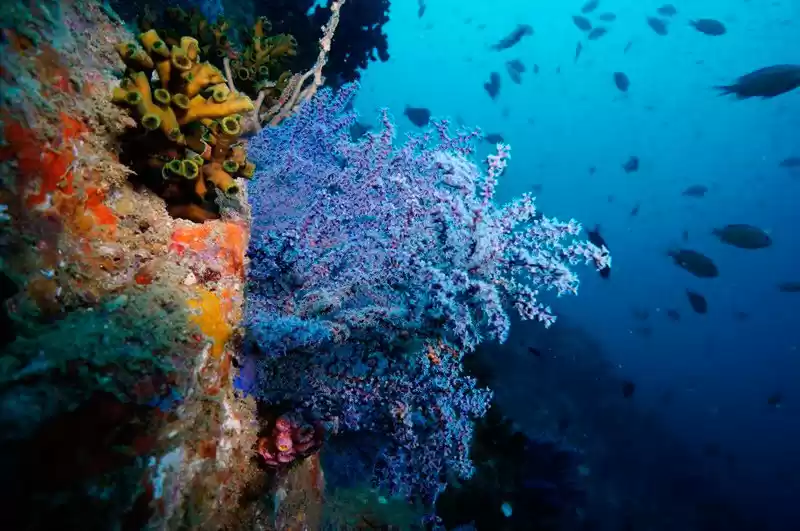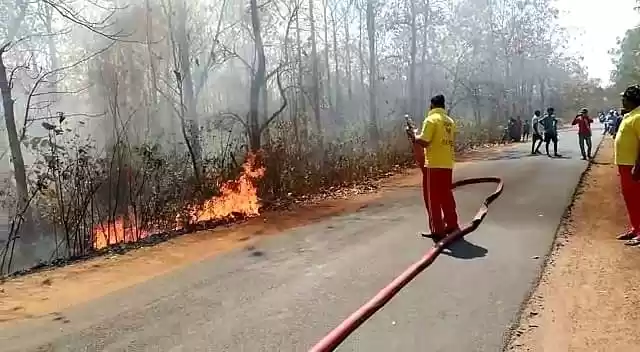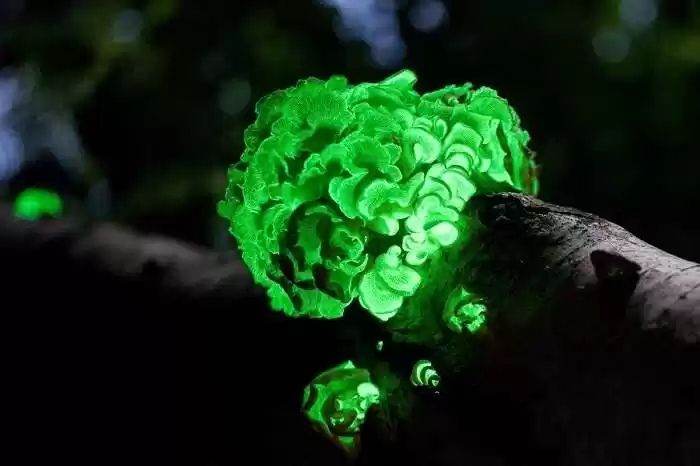The Sinharaja Forest Reserve is a tropical rainforest that covers an area of about 21,000 hectares in the south-west of Sri Lanka. It is one of the last remaining undisturbed and pristine rainforests in the country, and it is home to a wealth of flora and fauna, especially endemic and rare species. It is also a UNESCO World Heritage Site and a biodiversity hotspot, meaning that it has a high level of biological diversity and endemism, and that it is under threat from human activities.
In this article, we will provide you with all the information you need to know about the Sinharaja Forest Reserve, such as its history, significance, flora, fauna, attractions, activities, weather, best time to visit, travel options, accommodation options, and contact information. By the end of this article, you will be convinced that the Sinharaja Forest Reserve is a must-visit destination for nature lovers and adventure seekers.
The History and Significance of the Sinharaja Forest Reserve

The Sinharaja Forest Reserve has a long and rich history that dates back to ancient times. The name Sinharaja means “lion king” in Sinhala, and it is believed that the forest was the last refuge of the Sri Lankan lion, which is now extinct. The forest was also a part of the ancient kingdom of Kalinga, and it was a source of timber, spices, and medicinal plants for the local people.
The forest was declared a reserve in 1875 by the British colonial government, and it was later upgraded to a national park in 1988 by the Sri Lankan government. In 1989, it was inscribed as a UNESCO World Heritage Site, and in 2004, it was designated as a biosphere reserve. These recognitions reflect the importance and value of the forest for the conservation and protection of the biodiversity, ecosystem, and culture of Sri Lanka.
The Sinharaja Forest Reserve is one of the most significant natural habitats in Sri Lanka, as it hosts more than 50% of the country’s endemic species of mammals, birds, reptiles, amphibians, insects, and fish. It also contains more than 60% of the country’s endemic trees, shrubs, and herbs. The forest is a living laboratory for scientific research and education, and it is a source of ecosystem services such as water regulation, soil erosion control, carbon sequestration, and climate regulation.
The Flora and Fauna of the Sinharaja Forest Reserve
The Sinharaja Forest Reserve is a paradise for nature enthusiasts, as it offers a spectacular display of flora and fauna. The forest is characterized by its tropical rainforest, lowland, montane, and wet zone features, and it has a complex and multilayered structure of vegetation. The forest has more than 1,400 species of plants, including 211 endemic and 139 threatened species. Some of the notable plants in the forest are the dipterocarp trees, which are the dominant and largest trees in the forest, the nuga tree, which is the national tree of Sri Lanka, the hora tree, which is the tallest tree in the forest, and the orchids, ferns, mosses, and lichens, which add color and diversity to the forest.
The forest is also home to more than 430 species of animals, including 139 endemic and 160 threatened species. Some of the notable animals in the forest are the purple-faced langur, which is the endemic and endangered monkey of Sri Lanka, the Sri Lankan leopard, which is the largest and most elusive predator in the forest, the Sri Lankan elephant, which is the largest and most iconic herbivore in the forest, and the Sri Lankan blue magpie, which is the endemic and colorful bird of the forest. The forest is also a haven for birdwatchers, as it has more than 220 species of birds, including 21 endemic and 19 threatened species.
The Attractions and Activities of the Sinharaja Forest Reserve
The Sinharaja Forest Reserve is a dream destination for adventure seekers, as it offers a variety of attractions and activities that will challenge and delight you. The forest reserve has many natural and man-made attractions, such as waterfalls, rivers, streams, pools, caves, rocks, and viewpoints, that will captivate and enchant you. The forest reserve also has many adventurous and fun activities, such as hiking, trekking, camping, bird watching, wildlife safari, nature walk, and photography, that will exhilarate and entertain you.
Some of the most popular and recommended attractions and activities of the forest reserve are:
Waterfalls: The forest reserve has several beautiful and majestic waterfalls, such as the Duwili Ella, the Pathan Oya Ella, the Kekuna Ella, and the Brahmana Ella, that will refresh and invigorate you. You can enjoy the scenic and serene view of the waterfalls, or take a dip in the cool and clear water, or even climb up the rocks and jump into the pools.
Hiking and Trekking: The forest reserve has several challenging and rewarding hiking and trekking trails, such as the Sinhagala Trail, the Moulawella Trail, the Kiruwananaganga Trail, and the Pitadeniya-Deniyaya Trail, that will test and thrill you. You can explore the forest’s diverse and rich flora and fauna, or admire the forest’s stunning and spectacular landscape, or even reach the forest’s highest and lowest points, such as the Sinhagala Peak and the Gin Ganga River.
Bird Watching: The forest reserve is a paradise for bird watchers, as it has a remarkable diversity and richness of bird species, especially endemic and rare ones, such as the Sri Lanka blue magpie, the Sri Lanka spurfowl, the Sri Lanka junglefowl, and the Sri Lanka white-faced starling, that will fascinate and delight you. You can observe and identify the forest’s various and colorful birds, or listen and record the forest’s melodious and distinctive bird songs, or even join the forest’s mixed-species feeding flocks of birds.
Wildlife Safari: The forest reserve is a haven for wildlife lovers, as it has a thrilling and exciting opportunity to observe and encounter the forest’s diverse and rich animal species, especially endemic and rare ones, such as the Sri Lankan leopard, the purple-faced langur, the red-faced malkoha, and the green-billed coucal, that will amaze and awe you. You can spot and photograph the forest’s elusive and charismatic animals, or track and follow the forest’s signs and trails of animals, or even witness the forest’s unique and distinctive animal behaviors.
The Weather and Climate of the Sinharaja Forest Reserve
The Sinharaja Forest Reserve has a tropical and humid weather and climate, which means that it has high temperatures, high rainfall, and high humidity throughout the year.
The forest reserve has an average temperature of about 23.6°C, an average rainfall of about 3614 mm, and an average humidity of about 87%. The forest reserve has two main seasons, the wet season and the dry season, which are influenced by the monsoon winds. The wet season lasts from May to September, and it is characterized by heavy and frequent rain, thunderstorms, and landslides. The dry season lasts from October to April, and it is characterized by moderate and occasional rain, sunshine, and mist.
The Travel and Accommodation of the Sinharaja Forest Reserve
The Sinharaja Forest Reserve is located in the south-western part of Sri Lanka, and it is accessible by road, bus, train, or air. The forest reserve is about 160 km from Colombo, the capital city of Sri Lanka, and it takes about 4 hours to reach by road. The forest reserve is also about 120 km from Galle, the nearest major city, and it takes about 3 hours to reach by road.
The forest reserve is also about 18 km from Deniyaya, the nearest town, and it takes about 45 minutes to reach by road.
By bus: The forest reserve can be reached by bus from Colombo, Galle, or Deniyaya, but the buses are infrequent and crowded, and they may not stop at the forest reserve’s entrance.
By train: The forest reserve can be reached by train from Colombo or Galle, but the trains are slow and unreliable, and they stop at Matara, which is about 40 km from the forest reserve. The forest reserve can be reached by air from Colombo or Galle, but the flights are expensive and limited, and they land at Koggala, which is about 50 km from the forest reserve.
The forest reserve has several accommodation options, such as hotels, guest houses, eco lodges, and campsites, that cater to different budgets and preferences. The forest reserve has a few hotels, such as the Rainforest Eco Lodge, the Blue Magpie Lodge, and the Sinharaja Rest, that offer comfortable and luxurious rooms, with amenities such as air conditioning, hot water, Wi-Fi, and TV. The forest reserve also has a few guest houses, such as the Martin’s Lodge, the Sinharaja Forest Edge, and the Sinharaja Birders Lodge, that offer cozy and affordable rooms, with facilities such as fans, showers, and meals.
The Sinharaja Forest Reserve is a must-visit destination for nature lovers and adventure seekers, as it offers a unique and unforgettable travel experience that will immerse you in the beauty and wonder of nature.

